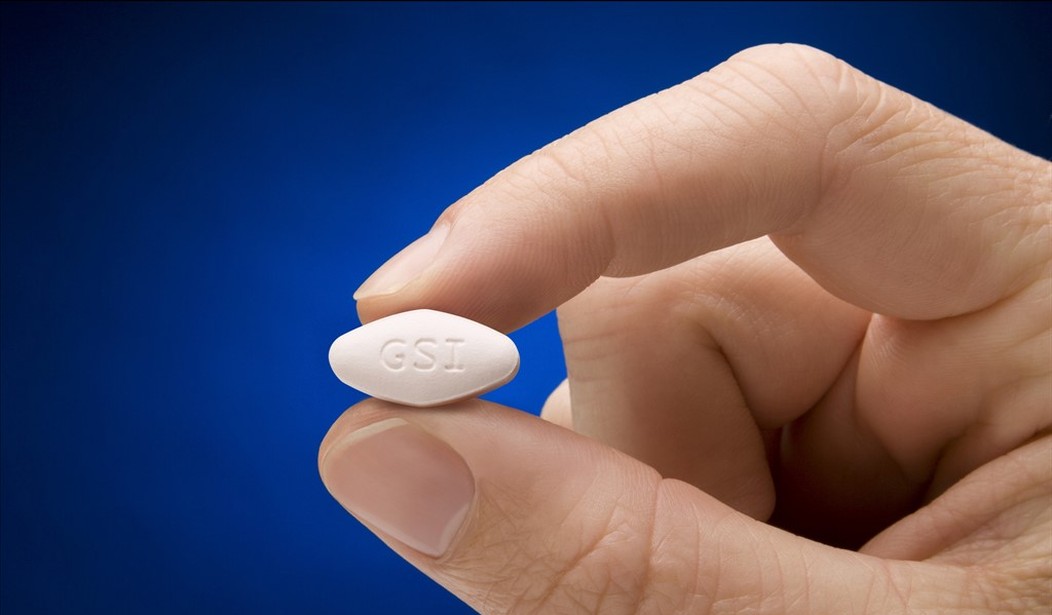Both houses of Congress have passed a bill to tackle opioid abuse. The bill funds training for emergency medical technicians and emergency room personnel, and makes drugs to reverse the effects of opioids more readily available in an emergency. According to an article in Modern Healthcare, this legislation should have taken advantage of existing safeguards to strengthen state drug monitoring programs and prevent opioid abuse enabled by doctor shopping. All states now have drug monitoring programs. But only three-quarters of doctors are aware of these programs, and only about half use them. The Comprehensive Addiction and Recovery Act increases grants for states’ drug monitoring programs. But the bill does not require states to ensure doctors actually check the state database before prescribing a narcotic pain reliever.
A way to get more doctors to use the state databases is to integrate the database with mandatory electronic prescribing of controlled substances (e-prescribing). Rather than a doctor having to check the database, protocols incorporated into e-prescribing software automatically checks the database and flags patients whose opioid prescriptions are excessive.
Ironically, most doctors already prescribe most of their (non-narcotic) drugs electronically. But until recently, federal regulations prevented e-prescribing of controlled substances due to the perceived risks of drug abuse. Implausibly, forcing a doctor to use a prescription pad to hand-write a prescription was considered less prone to tampering. Electronic prescribing of controlled substances is now permitted in all 50 states. However, not all pharmacies -- and even fewer physicians’ office – are equipped to prescribe opioids electronically in ways that meet rigid federal guidelines for electronic prescriptions for controlled substances.
About 1-in-8 drugs dispensed are narcotic pain relievers. Chronic pain effects an estimated 100 million Americans. Unfortunately, the line between well-managed chronic pain and slipping into addiction can be as simple as not monitoring the number of pain pills a patient takes. Until recently, many physicians were too lenient when prescribing opioids. Thinly veiled physician pain management practices -- so-called pill mills -- have been shut down in many states. But doctor shopping -- that is, seeing multiple doctors for prescription opioids, is still common. This method fools many doctors because their patients are seemingly adhering to safe protocols. Doctors often do not realize their patients are seeing three, four or five other doctors in search of quantities of pills no one doctor would prescribe. Worse, many pain patients merely fake symptoms to get drugs. The reality is prescription opioid drugs have become yet another product in the illicit drug trade. For instance, $200 spent on Oxycodone at a retail pharmacy would cost $1,100 to $2,400 on the street.
Recommended
Inadequate tracking of controlled substances drives up costs in other ways. An analysis found that every dollar’s worth of drugs lost to fraud is associated with $41 in medical costs lost to abuse. Doctor shopping, the side effects of addiction, and unnecessary emergency room visits for intense pain where the addict hopes to get a narcotic pain reliever boost the costs of drug abuse.
With e-prescribing of controlled substances, when a patient sees their doctor and is prescribed 30 Oxycodone tablets for pain, the prescription is entered into a computer system that only a doctor could access. These systems require doctors to approve (or validate) the prescription -- preventing a nurse or anyone else in the doctor’s office from ordering drugs for themselves or friends. When a patient visits his or her pharmacy, the pharmacy computer system would have to ping the physician’s computer system to validate the prescription and verify no other pharmacy had filled it. The pharmacist and other prescribing doctors would be alerted if two, three or five other physicians also prescribed narcotic painkillers to the same patient. This system would also track customers who currently pay cash for their prescription to avoid tracking by their drug plan.
There are obstacles to mandatory electronic prescribing of controlled substances. Software vendors need to consider physician workflow more than they currently do. There are also bottlenecks that slow the arrival of the prescription getting to the pharmacy -- causing patients to make a second trip to the pharmacy or wait unnecessarily. If the pharmacy is out of a given drug, the prescription has to be cancelled and reissued to a different pharmacy. The current system of e-prescribing means patients need to shop for the best price before they inform their doctor which pharmacy they want their prescription sent to. However, these obstacles are not insurmountable. Doctors who have e-prescribed pain pills report the process is easier than they expected. It also lets them know if their patients are taking their medications -- or too much medication.
























Join the conversation as a VIP Member